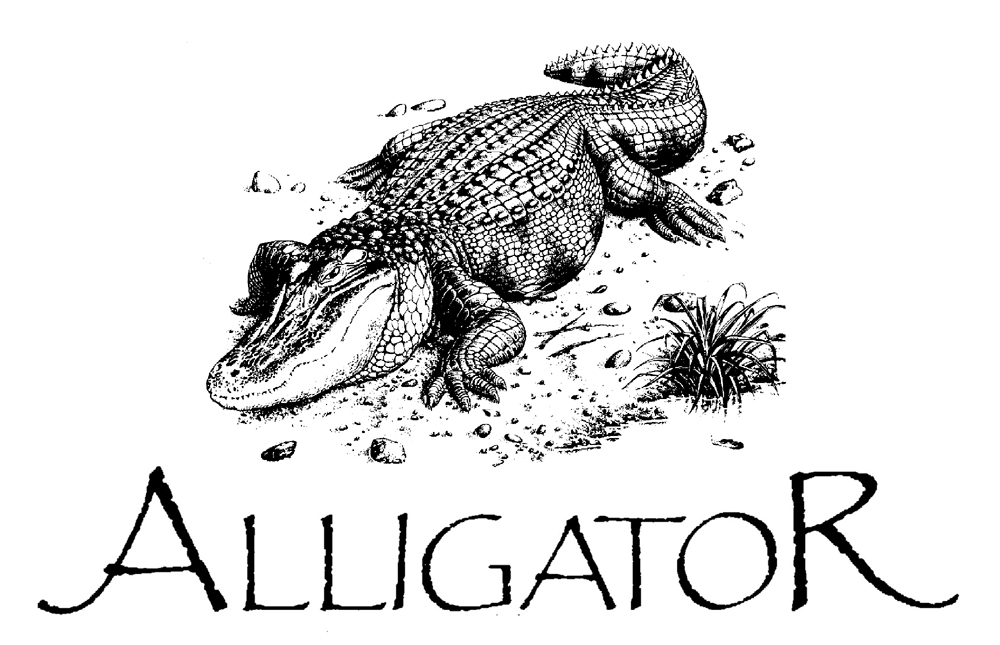To reserve an item email: alligatormilitaria@gmail.com or text: +44 (0)7970 273034
WWI US Army field dressing tin relic
Lettering on lid reads as follows:
FIRST AID PACKET U.S. ARMY CONTRACT NOV. 2-1916 BAUER & BLACK CHICAGO. U.S.A. TO OPEN - PULL RING PATENT APPLIED FOR
Standard US Army issue ring-pull basic field dressing tin (originally with waterproof cover) which contained a length of gauze, small bandage pad, a safety pin and an ampoule of iodine (later replaced by mild antiseptic). Recovered from the site of the field dressing station at Martinpuich (18 miles south of Arras) by a colleague who has made numerous visits to WWI battlefields over the years.
Martinpuich was captured from the Germans in 1916 during the Battle of Flers-Courcelette and was lost in March 1918 during the German spring offensive (Operation Michael), being recaptured in August the same year. NB. A number of these discarded tops and bottoms were found together and were subsequently ‘paired’ as closely as possible.
H:6 x L:10cm approx. £15.00+ £3.49 P&P UK
WWI era surgeon's needles - British War Department Issue
Wording to front: EMANL. SHRIMPTON & FLETCHER CAST STEEL HIGH POLISHED SURGEON’S NEEDLES Premier Works, Redditch, England
Reverse: AFTER USE KEEP GREASED 1/2 DOZEN NO. 5 BONNEY'S 1/2 CIRCLE (ENGLISH RANGE) Broad Arrow
Packet - H:6.2 x W:3cm £6.00 each + £1.00 P&P UK
Please quote preferred item number when ordering.
Believed to have been manufactured around 1910, these deeply curved needles designed for sewing wounds were found in France around 25 years ago. The packets are distressed in varying degrees and have traces of a red wax-like substance which is probably the remains of a rubber band. The needles are present, and judging by feel are substantial items.
German reconnaissance patrol - the Battle of Aachen October 1944. Narodowe Archiwum Cyfrowe & Wikimedia Polska.
Soldiers of the U.S. 504th Parachute Infantry Regiment move through the remains of Aachen - April 1945.
WWII German M1942 combat helmet relic - battle of Aachen
Recovered in the outlying area of the city of Aachen, Germany.
Aachen had been incorporated into the Siegfried Line, the main defensive network on Germany's western border. Intense fighting in and around Aachen between occupying German forces and American troops resulted in one of the largest urban battles fought by US forces in WWII, and the first city on German soil to be captured by the Allies.
The picturesque ancient city had little military value but it was an important symbol to the Nazi regime and the German people, being the first German city to be threatened by the Allied advance. It was also the historic capital of Charlemagne, founder of the 'First Reich'. As such, it was of immense psychological value and significantly influenced the determination of the defenders who were fighting on home soil for the first time. Fortunately, the civilian population was evacuated before the battle began, but much of the city was destroyed with both sides suffering heavy losses.
NB. The proximity of Allied forces had caused the majority of the city's government officials to flee before the evacuation of its citizens was complete. Hitler 'rewarded' all Nazi officials who had fled by stripping them of rank and sending them to the Eastern front as privates.
This M1942 helmet was the result of efforts to cut costs and speed up production time and a number of modifications were introduced over previous models, one of the most distinctive being the 'raw' edge rather than a rolled edge. This example remains in solid condition with only a few small perforations. There is blast damage in the form of a crack (2 - 3mm wide) running from the crown to rear right of the skirt and a shorter crack terminating at the rim. This does not affect the stability in any way. The outer surface has been waxed leaving a pleasing finish.
£75.00 + £8.00 P&P UK (stand not included)
See Promotional Items for vintage letter opener - Deutsche Spiegelglas - Ausfuhrges.m.b.H. Aachen
WWII German Kar 98k bayonet and scabbard relics
Recovered in Southern Poland. Bayonet and steel scabbard were found in the same area but are not directly associated.
The Kar 98k was the standard bolt-action service rifle of the Wehrmacht and remained in service until the end of WWII. It was produced by a number of companies in Germany as well as in countries of German occupation eg: Austria and France.
This bayonet has wooden grips, so it is quite possibly an early example as later production generally utilised moulded bakelite, although some late war production reverted to wood and back again as supply dictated.
These are in total relic condition with severe pitting/perforation and have not been waxed or oiled. One wood grip slab remains complete, the other has almost totally disintegrated.
£68.00 + £4.45 P&P UK sales only. Age 18+ only.
Relic - Worker's Day commemoration badge - 1st May 1936
Obtained by a colleague via a contact in Berlin, this is one of a number of items found inside an ammunition box unearthed by workers on a construction site at Leipziger Platz in Berlin, in 2014.
Logo 'N' within a triangle on the reverse. Manufactured by BERG & NOLTE AG Lüdenscheid.
Small pockets of corrosion and staining, date slightly obscured but remains legible. Pin rusted away.
Dia: 35mm £7.00 + £2.70 P&P UK
Semi relic belt buckle plate
Believed to be pre WWI Imperial Russian Cadet Corps. Taken from a large private collection of Russian belt buckles.
Non-ferrous.
W:6 x D:4.5cm
£17.00 + £2.70 P&P UK
Semi relic belt buckle plate
Believed to be pre WWI Imperial Russian Cadet Corps. Taken from a large private collection of Russian belt buckles.
Non-ferrous.
W:6 x D:4.5cm
£17.00 + £2.70 P&P UK










